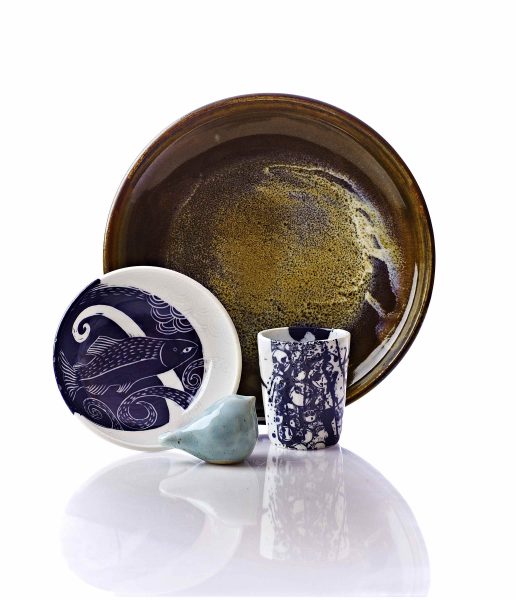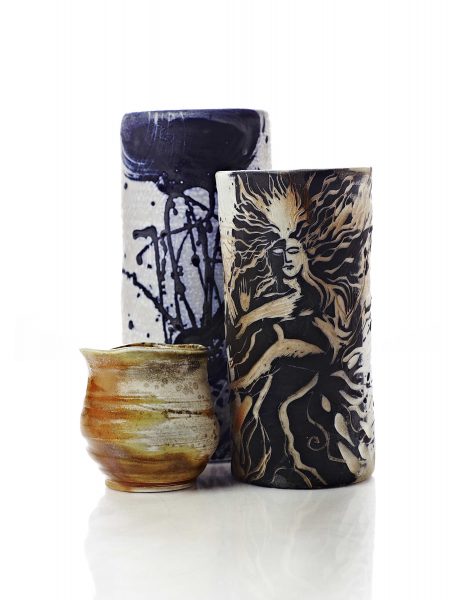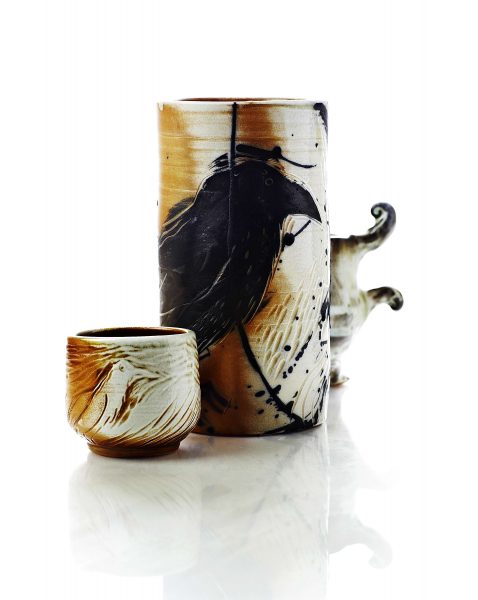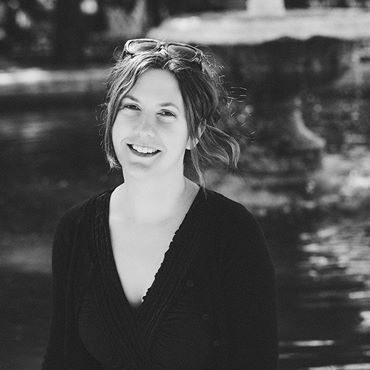Elena Wendelyn first discovered ceramics in the fifth grade through a program at her school in Russia and says those childhood classes “put the seeds in the soil and it took a while to properly germinate.” Wendelyn, who moved to Poulsbo, talked about her artistic journey and love of ceramics with Currents.
How did you get started in ceramics?
I didn’t go full time into ceramics until 2009. I got a masters degree in Art History and never studied ceramics per se. Instead I took ceramic workshops with teachers whom I thought would be really cool to learn from. I started working at Bainbridge Arts and Crafts and saw the work of Jenny Anderson and thought wow, I want to learn how to do that. Luckily she was teaching at Eagledale Pottery so I learned a lot from her and then started experimenting on my own. But I’m always learning because the sky’s the limit with ceramics.

So you use the sgraffito technique a lot in your ceramics. This is a process where you apply a clay paint called slip/underglaze and then carve into the clay below to form a decoration. What do you enjoy most about this technique?
I am fascinated by the imagery and how it translates with the human experience. This is the method that I use to explore this dimension. I try to incorporate from my own experiences with universal symbols and images. The scratching gives a very tactical experience. It gives a look of linocut which I like. Not everyone considers negative space worth the attention, but I think it’s another dimension that is just as valuable. It can be very meditative unless you are working with a deadline! I focus on making each line intentional, the flow of the lines together, it is very meditative.
Is there meaning behind some of your imagery such as the crows?
Birds often represent the soul in many cultures. They are an image that everyone can respond to as well as the cat or dog. I think my general wish is to show people that animals are very much like human beings, they should be treated with the same kindness. They have emotions, they have different situations in their lives and we all need to be a little bit more kind to them. We should also recognize that we need to be better caretakers of the world around us.

What do you love about clay?
That’s a simple yet complicated question. I think clay is very responsive to anything you do to it. It seems like very inanimate matter which you can turn into pretty much anything. I like clay because it’s a way of communicating with the world. Since it’s a very unusual way of communicating, it is full of possibilities. I put a lot of attention into my pieces. Even though they seem like production pieces, they are all different. They contain a lot of my thoughts. I can multiply myself through clay. I’m trying to develop my own language system because I like to work with clay that combines images and words. It is subtle, but I hope it carries my message through.
What do you love most about teaching at Eagledale Pottery?
I’m so full of ideas that it’s nice to pass these onto my students. They have their own ideas, but it gives them another thing to think about. It’s a rewarding experience ,and while it takes a lot of energy out, I think clay is very grounding and can help people work through difficulties in life.
Where do you sell your work?
I sell my work at the Danger Gallery, and I also sell at the Poulsbo Farmers market. These are my two biggest venues. This summer at Eagledale Pottery we will be having an in -person sale on August 8th from 10 am – 5 pm.
(Editor’s note: Interview edited and condensed for space)


Joy is a photographer and a potter who teaches as Eagledale Pottery. She has a strong love of reading, traveling, and eating delicious food (not made by her). She is also a mother to two wonderful kids and a wife to a husband who keeps life entertaining!